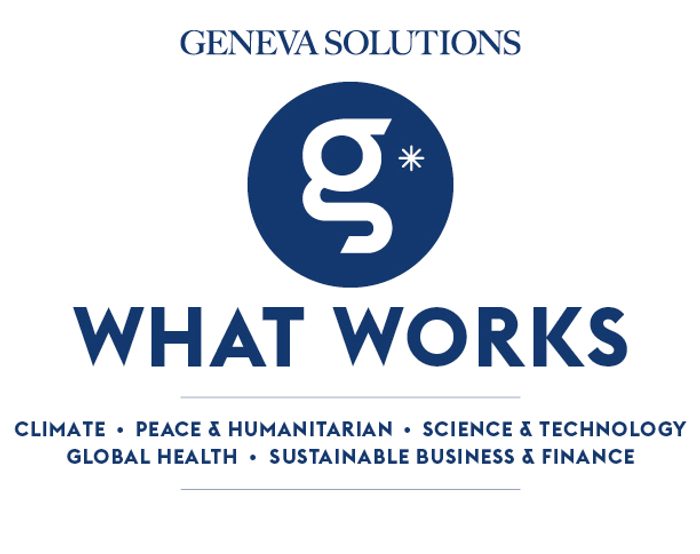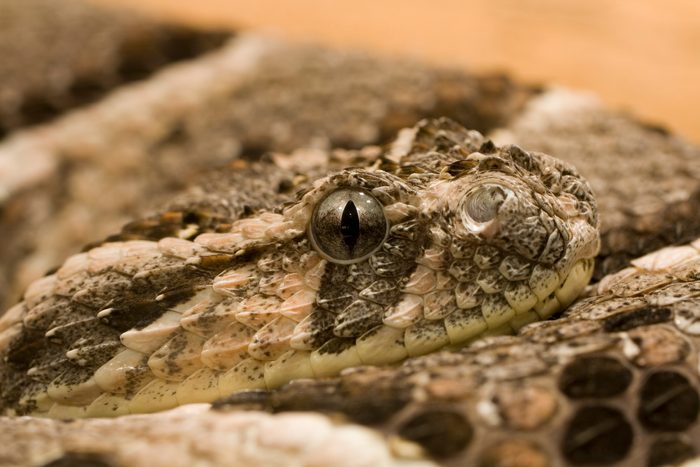|
Humanitarian crises, from wars to natural disasters, are giving rise to a lethal cocktail of health threats. But one attracts less attention than others: a scaly assassin whose venomous attacks are behind one of the most neglected – and deadliest – tropical diseases.
Snake bites kill between 81,000 and 138,000 people each year. From blindness to amputations, three times as many victims are left with life-changing injuries and permanent disabilities.
MSF, which treats thousands of snakebite victims each year mainly in sub-Saharan Africa, is piloting a project in South Sudan that it hopes can help overcome one of the major obstacles in tackling the disease: identifying the snake behind the bite.
With the help of an artificial intelligence programme fed over 380,000 images of snakes, the medical aid group is working to create an app that will help medical teams find the right antivenoms to treat their patients but also victims located far from clinics.
Read the full story on Geneva Solutions.
|








